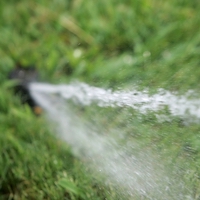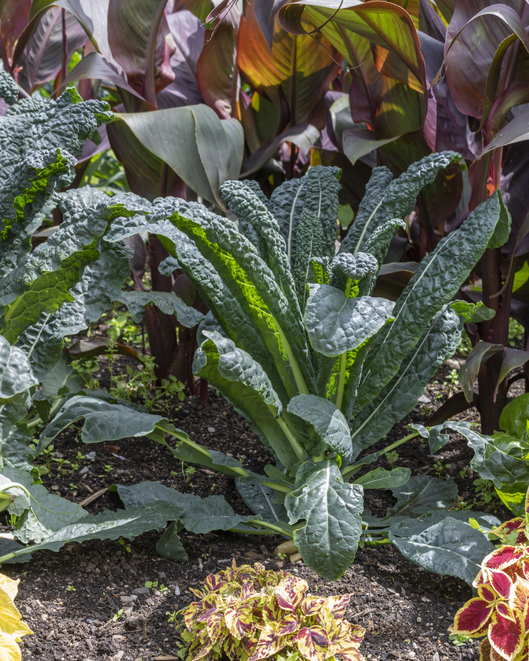Landscape irrigation can be tricky, especially in the summer. During the month of July — Smart Irrigation Month — University of Georgia experts have advice on how to use irrigation as efficiently as possible.
Be aware of the conditions of the landscape
Typical lawns and plants require 1 to 1.5 inches of water per week, said Rolando Orellana, an urban water management agent with UGA Cooperative Extension.
Consider the water source, air circulation, slope, drainage and other conditions of the landscape when creating an irrigation plan.
“Make sure you know the plants in your garden,” Orellana said. “Not all plants have the same water requirements. You can ask your Extension agent to find out more information about plant water requirements."
With this understanding, individuals can ensure that the root systems of plants are in top shape. It is best to apply deep and infrequent watering to establish strong root systems and healthier plants. Applying small amounts of water frequently will create a shallow root system and more water evaporation. It is ideal to have an irrigation schedule and system that replicates rainfall to ensure landscapes are not overwatered and plants stay healthy and beautiful, Orellana said.
Where, when and how?
The best time to water landscapes is between 4 a.m. and 9 a.m., keeping in mind that deep, infrequent watering is best to avoid waste, run-off and evaporation, Orellana advises, adding that gardeners should water by hand when possible, as it is the most effective method of ensuring that water is delivered only where needed.
Using irrigation equipment
While hand-watering is preferred, it is not always practical. When using irrigation equipment, be thoughtful about how, where and how often to turn on your sprinklers. Before setting up portable sprinklers, soaker hoses or an in-ground irrigation system, consider the following:
- How much of the landscape needs to be watered?
- Where can the equipment be placed to reach the maximum amount of area and provide even coverage?
- Where are the outdoor water sources located, and where can one be added if needed?
From there, choosing between systems such as soaker hoses, a drip irrigation system or a sprinkler system becomes easy, Orellana said.
To reduce waste and get the most efficiency out of irrigation equipment, Orellana suggests installing rain and moisture sensors. He also recommends making a periodic inspection of irrigation part of a regular landscape maintenance routine.
“Most people experience issues with plant growth,” Orellana said. “Sometimes irrigation systems have broken parts, occasioning water leaks and waste. These problems are often left unattended due to lack of irrigation system monitoring and auditing. Check system pressure and flow and make regular inspections to help save water and dollars in the process.”
For more helpful tips and tricks about landscape irrigation, visit your local UGA Extension office, go to extension.uga.edu or call 1-800-ASK-UGA1.








